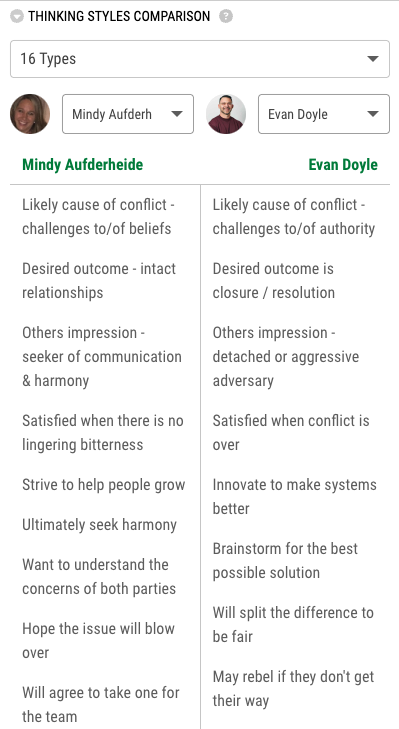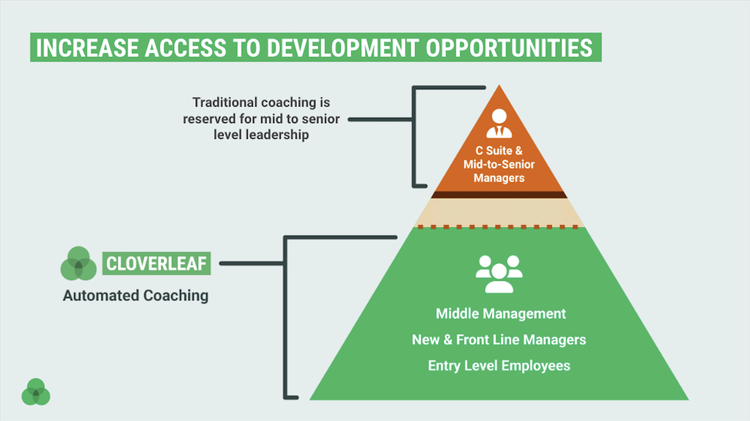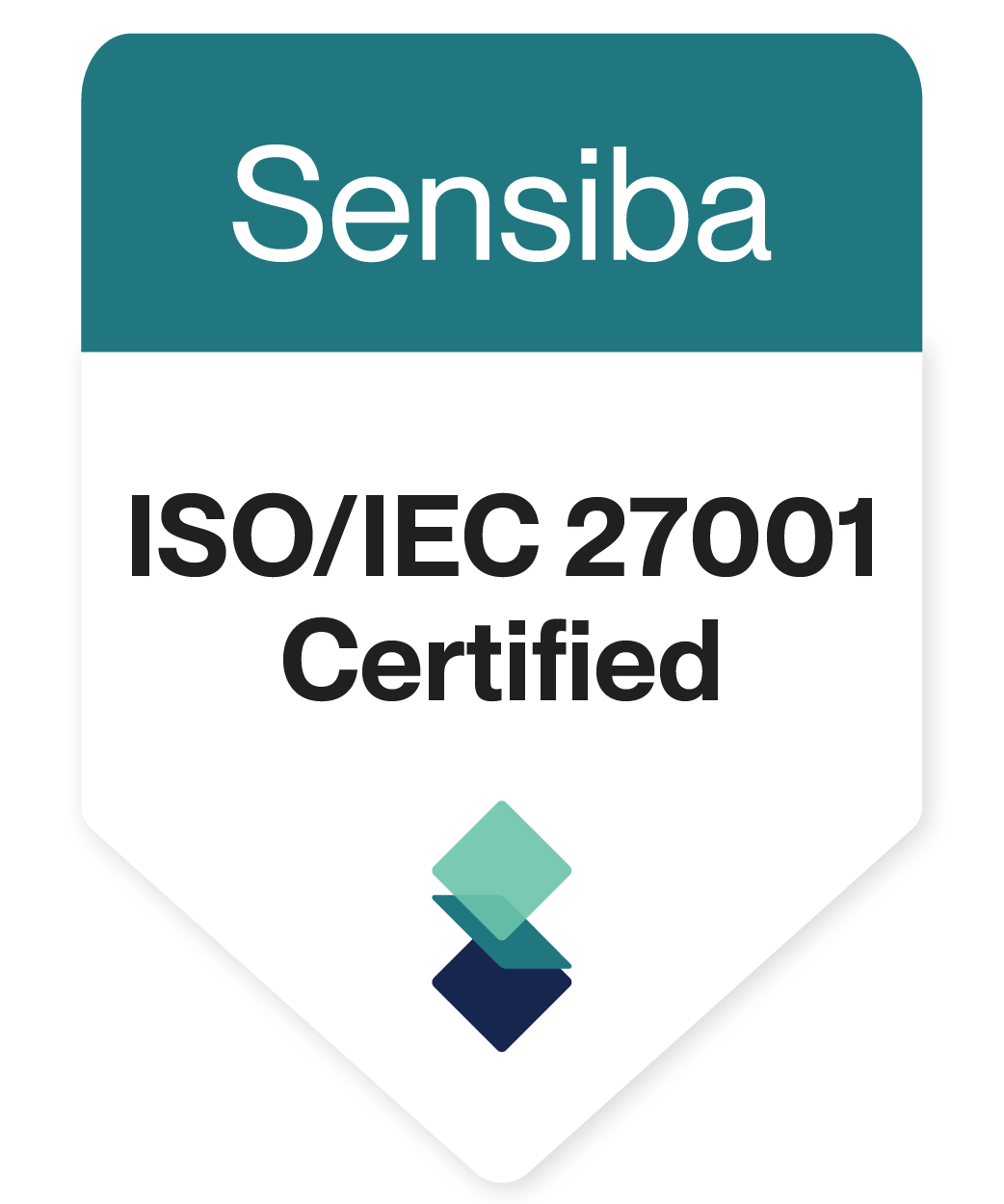Performance conversations are essential to helping employees reach their full potential and fostering strong relationships within the workplace. These one-on-one discussions allow managers and employees to engage in active listening, personalized professional development, and rapport-building.
When engaging in performance conversations with your employees, adopting a coaching mindset can significantly improve the outcomes of these conversations. The following factors can help ensure that your discussions are productive and effective in achieving your goals.
7 Replicable Elements Of Effective Performance Conversations
Prepare for Success: The Dynamics of Planning and Adaptability in Performance Management
Preparing for a performance conversation is crucial to its success. As a manager, you should spend plenty of time planning and developing an agenda based on the topics you want to cover and those that employees have mentioned in previous performance discussions. This ensures that you cover all necessary points and helps you stay on track during the conversation.
Preparation should also include reviewing any notes from previous one-on-one meetings. This can help you identify any patterns in employee performance or areas of improvement that were discussed but not fully addressed.
It’s essential to remember that every employee is unique and may require a different communication style.
Misunderstandings and miscommunications are an inevitable part of human interactions. However, thinking about how and what you communicate can create a team environment conducive to open, productive, professional conversations. – Mary Sharp Emerson
Identifying, understanding, and adapting to each employee’s communication style is crucial to having a productive conversation.
Cloverleaf’s assessment-driven Automated Coaching™ platform helps leaders adapt their leadership, communication, and behavior in real-time. Using assessment tools, individuals can better understand their strengths and areas for development to guide meaningful performance reviews. With powerful insights, managers can uncover and leverage their employees’ strengths and potential to achieve their goals.
Developing a deep understanding of each employee’s motivations and work preferences, managers can tailor their coaching tips to meet their individual needs and support their employee engagement strategies.
Embrace Ongoing Coaching and Accountability for Performance Improvement
Effective performance management requires ongoing coaching and accountability beyond annual performance reviews.
When managers regularly provide feedback about the quality and quantity of their employees’ work, they’re more likely to fully understand what is needed to continue good performance, correct poor performance, or improve mediocre performance. – shrm.org
Proactive coaching can also help managers identify and address issues before they become bigger problems.

Coaching in the workplace is invaluable if an organization is to achieve its goals. It should be part of the continuous employee performance management by managers to maximize the employees’ potential. – quantic.edu
By providing regular coaching conversations and resources for professional development, managers can help employees stay engaged and motivated to improve their performance consistently.
Practice Active Listening And Asking The Right Questions To Set Meaningful Goals
Active listening is a critical skill for managers to master when having successful performance conversations. Practicing the art of listening during performance conversations can help managers better understand their employees’ needs, goals, and challenges.
Becoming a better listener involves paying closer attention to nonverbal cues, such as body language and tone of voice, and asking open-ended questions encouraging employees to share more about their experiences.
When using guiding questions, it’s important to consider the individual’s communication style and adapt the phrasing of the questions accordingly. Some employees may prefer more direct questions that require specific answers, while others may respond better to more open-ended questions that allow for a broader discussion. Additionally, managers should be prepared to follow up with clarifying questions to understand the employee’s perspective fully.
It’s also important to leave time for open-ended questions allowing employees to share their thoughts and ideas more freely. This can help build trust and rapport between the manager and employee and provide valuable insights into the employee’s perspective.
5 Direct Questions:
Can you tell me more about your progress on [specific goal or project]?
What are your top priorities right now?
How would you rate your level of job satisfaction?
Are there any areas where you feel you need additional support or resources?
What do you think are your greatest strengths and areas for improvement?
5 Open-Ended Questions:
What have been some of the most rewarding aspects of your role?
How do you see yourself growing within the company?
What do you think are some potential solutions to the challenges you’re facing?
Can you tell me more about how you approach problem-solving?
How do you think we can improve collaboration and communication within the team?
5 Clarifying Questions:
Can you give me an example of what you mean by [specific point]?
To clarify, do you mean [rephrase employee’s point]?
How would you suggest we address this issue?
Can you elaborate on what you see as the root cause of the problem?
How can I support you in achieving your goals?

Do You Want Better Performance Conversations?
Find Out How To Quickly:
- Close the gap between learning and on-the-job application
- Personalize growth to individual strengths and needs
- Equip your managers to lead in the flow of work
- Scale human skills that accelerate teamwork
- Prove the ROI of your talent development programs
By adapting the phrasing of questions to match the employee’s communication style and leaving time for open-ended questions, managers can ensure that all necessary topics are covered, discuss the next steps, address performance issues, and provide constructive feedback concerning goal-setting.
Once these needs and goals have been identified, it’s important to translate them into concrete objectives and key performance indicators (KPIs) that are specific and measurable. Below are four suggestions for establishing measurable goals to help you get started.
Quantify Targets: Use quantifiable targets whenever possible. For example, instead of setting a vague goal of “increase sales,” set a specific target such as “increase sales by 10% within the next quarter.”
Use Concrete Metrics: Use concrete metrics that can be tracked and measured over time. This can help provide a clear picture of progress and identify areas where additional support may be needed.
Collaboratively Work Together: Involve employees in the goal-setting process to ensure that objectives and KPIs are both challenging and achievable. This can help motivate employees to take ownership of their performance.
Schedule Regular Check-Ins: Set a cadence to review progress towards objectives and KPIs to ensure they are met and identify areas where adjustments may be needed.
Clear objectives and KPIs can help employees stay focused and motivated while providing a framework for managers to assess performance and provide feedback.
Avoid conflict triggers, discover opportunities to ask better, more insightful questions, and learn how to have better conversations by utilizing the Side-By-Side Teammate Comparison on Cloverleaf.


Honest Feedback: The Value Of Transparency In Performance Review Conversations
To truly gain your employee’s trust and build a culture of transparency, it’s important to go beyond simply providing feedback and facilitate transparent, two-way communication.
Minimizing employee issues or using lighthearted conversations can create tension and damage your employee’s trust in their leader. Additionally, sugarcoating discussions and following up with a written-warning or unfavorable language can also cause damage an employee’s outlook on their integrity.
Providing honest feedback while empathizing with your employee’s perspectives is essential. While feedback may not always be flattering, transparency goes a long way in building trust and fostering healthy conversations.
Celebrate Achievements And Give Attention: The Role of Employee Recognition in Performance Feedback
Effective employee feedback isn’t just about identifying areas for improvement; it’s also about celebrating achievements and recognizing employee successes. During these conversations, it’s important to give employees your undivided attention and make them feel like a priority. This means avoiding multitasking or distractions and dedicating the meeting time solely to the performance discussion.
When a team member’s performance meets or exceeds your expectations, it’s important to celebrate their achievements. This can be as simple as giving employees recognition for a job well done or as involved as offering rewards or organizing a celebration.
Employee recognition is a vital component of building a strong and motivated workforce. By acknowledging and celebrating employee contributions, managers can foster a culture of engagement and retention that benefits both the employee and the organization.
By recognizing and celebrating individual achievements, managers can encourage employees to strive for their best and support one another along the way.

Timing: Choosing the Right Moment for Constructive Feedback
Choosing the right moment for performance reviews is crucial to their success. While it’s essential to address issues promptly, there are situations where it may be necessary to delay feedback for logistical or sensitivity reasons.
For example, if an employee is in a unionized environment and the issue being addressed is subject to labor negotiations, it may be necessary to wait until negotiations are complete to provide feedback. Similarly, if an employee has recently filed a complaint, it’s vital to ensure that feedback is not seen as retaliatory or influenced by the criticism.
Timing is also crucial in terms of frequency. It’s important not to overwhelm them with too much feedback or feedback that is too frequent. Finding the right balance is critical to ensuring effective and well-received feedback. Below are several tips to help you find a healthy cadence for meaningful conversations with team members:
Consider the employee’s workload: Choose when the employee is not overly busy or stressed with other work-related tasks.
Take note of recent events: Be mindful of current events, such as changes in the employee’s circumstances or a challenging project.
Give advance notice: Let the employee know when the performance conversation will occur. This gives them time to prepare and ensures they are not caught off guard.
Choose a private and comfortable location: Find a private place where the employee feels comfortable and safe to have an open and honest conversation.
Be flexible: Be willing to adjust the timing of the conversation if unforeseen circumstances arise. Flexibility and understanding the employee’s needs and schedule are essential.
By choosing the right moment to discuss past performance, managers can ensure that feedback is well-received and effective in promoting employee growth and development. Whether delaying feedback for logistical or sensitivity reasons or finding the right frequency, timing plays a critical role in the success of performance management.
Follow-Up: Stay On Track With A Review Process During Meaningful Check-Ins
It’s important to stay on track by scheduling regular check-ins with employees. This ensures that progress is made toward meeting performance goals and that any issues or concerns are addressed promptly.
Consider scheduling follow-ups at regular intervals, such as weekly or monthly, or after completing important milestones or big projects. This provides opportunities for employees to discuss any concerns or questions about their work duties and ensures that they are aware of their progress toward meeting their performance goals.
Final Thoughts
Having productive and meaningful discussions can be challenging when you don’t deeply understand the employees you’re working with. With Cloverleaf’s assessment-driven coaching, you can gain insights into your team member’s strengths, motivations, and working styles. This allows you to tailor your coaching approach and personalize your conversations, making them more effective and enjoyable for both you and your employees.

Ready to take your performance management to the next level? Schedule a demo to learn more about how Cloverleaf can help you drive better team performance and engagement using the power of Automated Coaching™.


